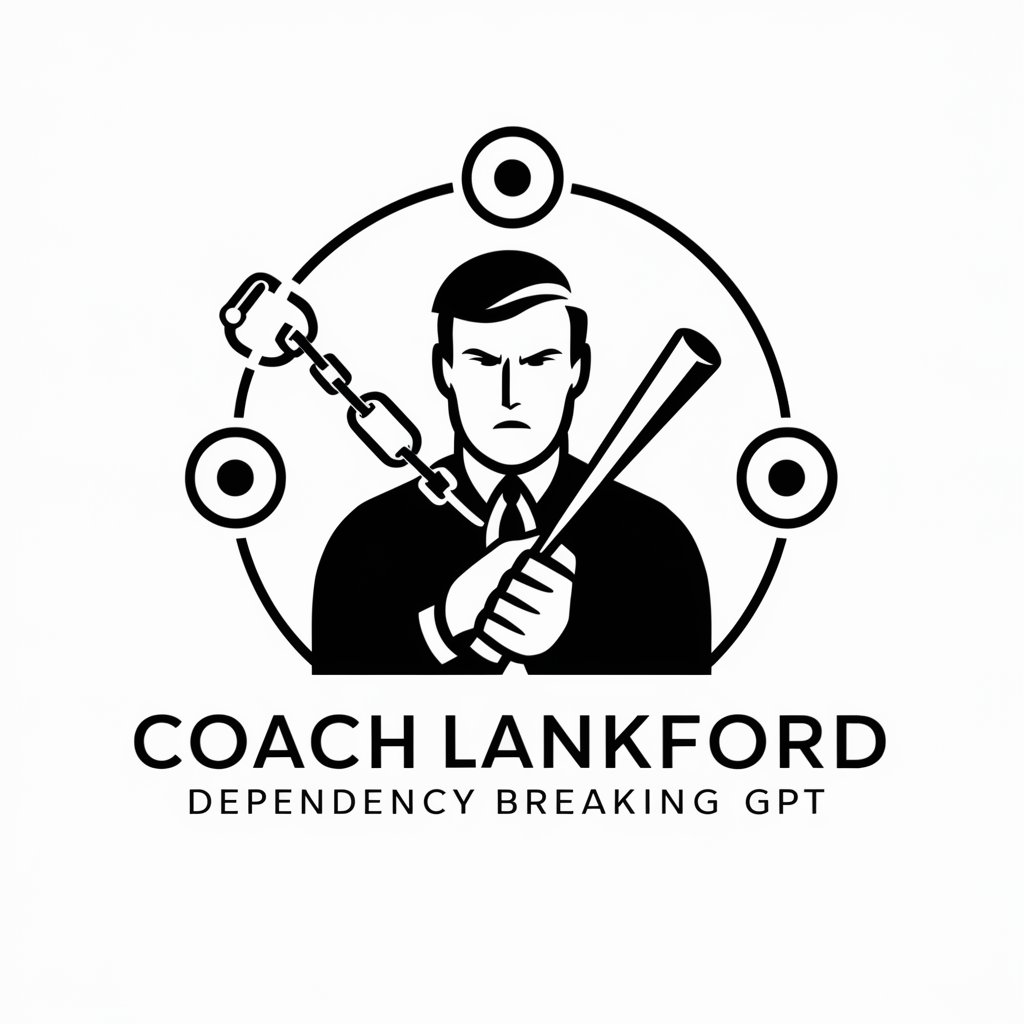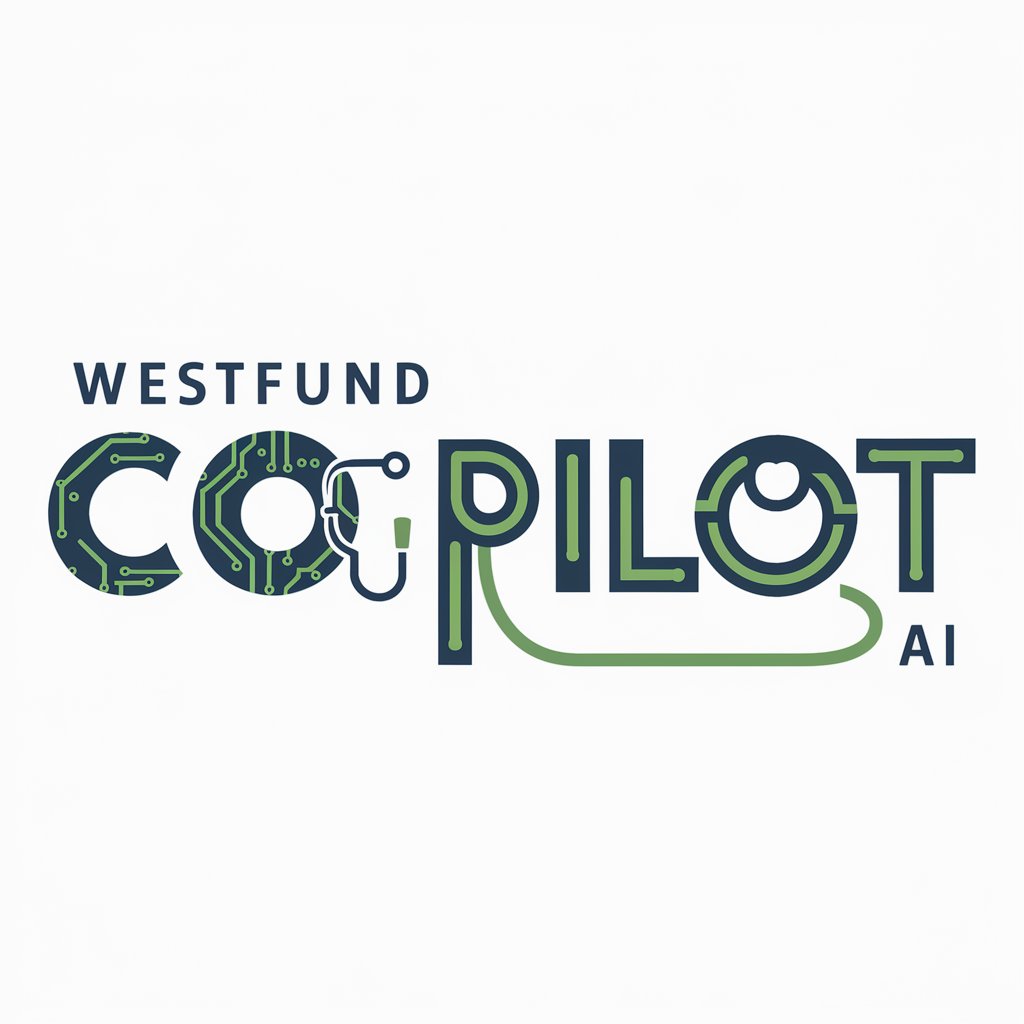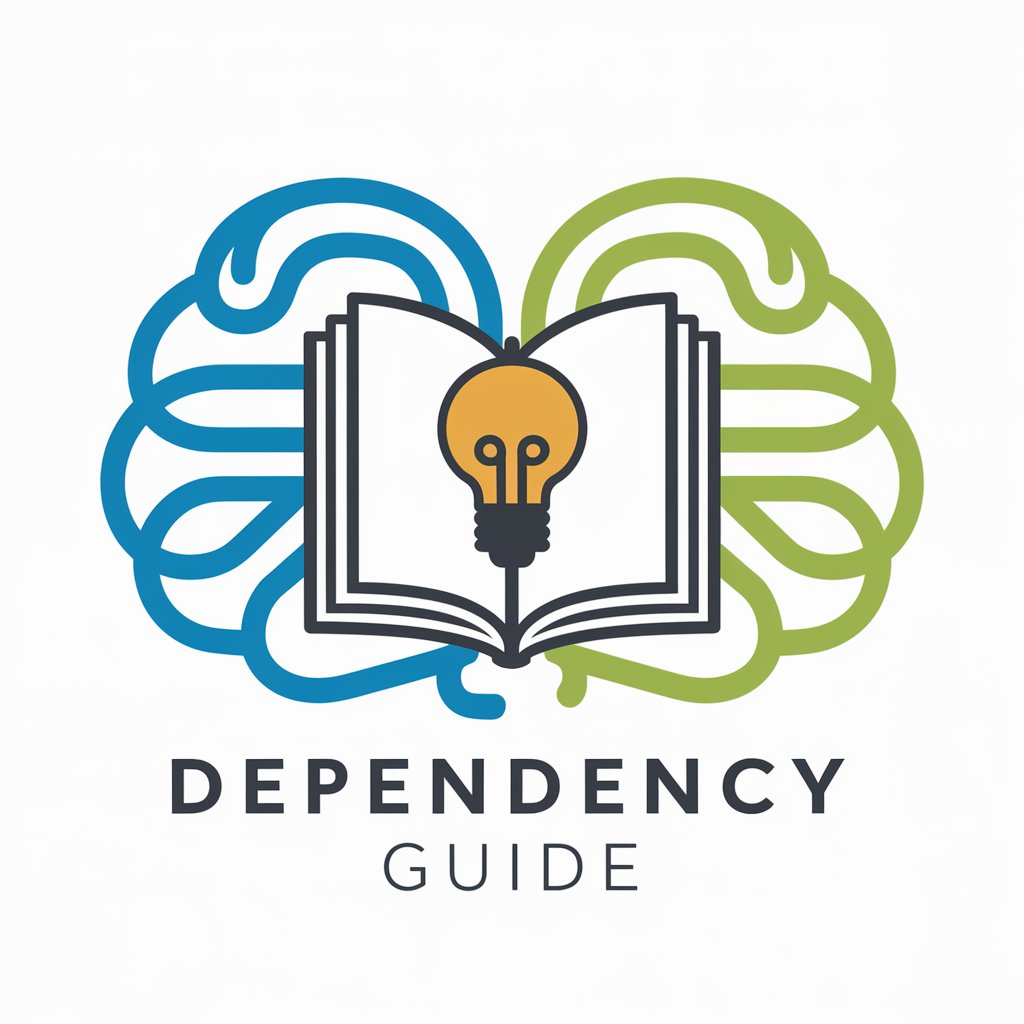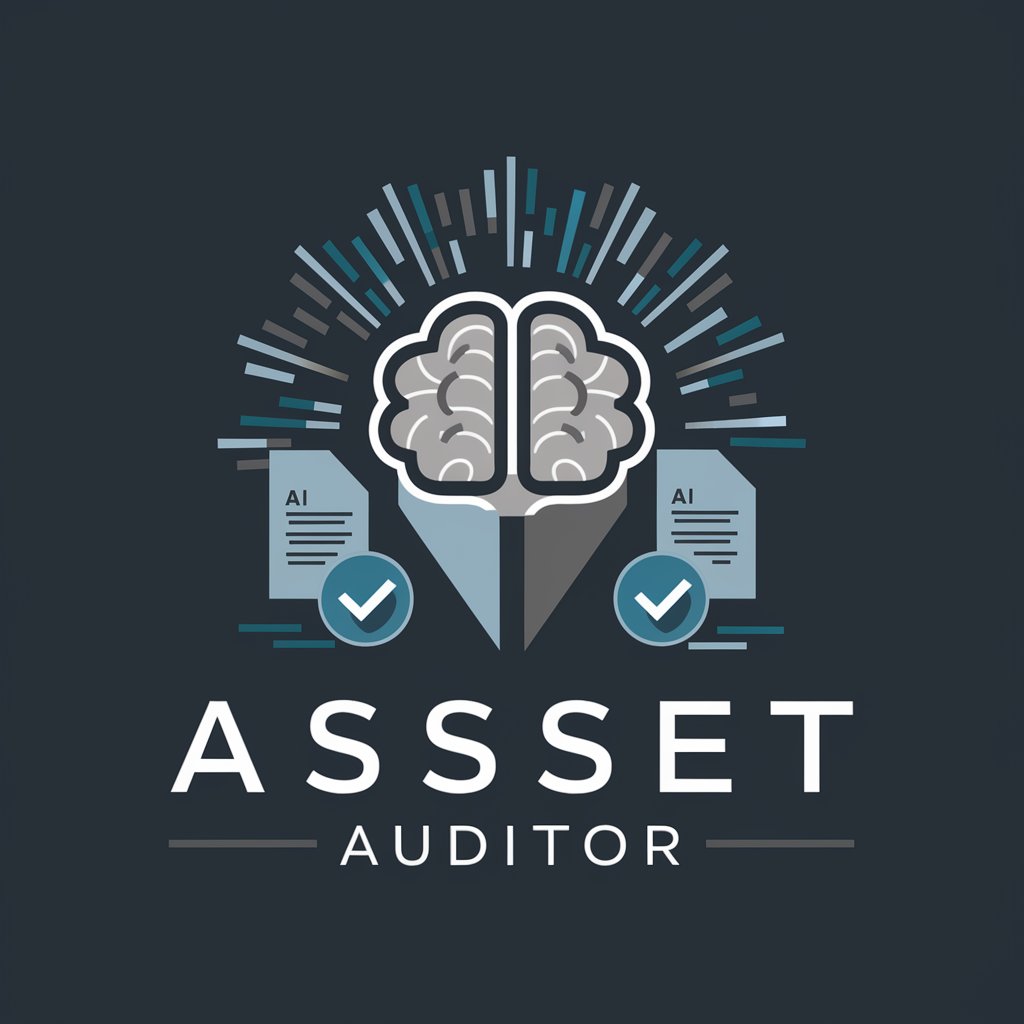Coach Lankford: Dependency Breaking GPT - Dependency-Breaking Aid

Welcome! Ready to break some dependencies today?
Empower teams, break dependencies with AI
CL: What are the lean wastes experienced when dependencies are present?
CL: How do dependencies affect transparency?
CL: How can leadership help break dependencies?
CL: What agile values are violated by dependencies?
Get Embed Code
Introduction to Coach Lankford: Dependency Breaking GPT
Coach Lankford: Dependency Breaking GPT, inspired by Todd Lankford's coaching methodologies, is custom-designed to prioritize and emulate responses that align closely with Lankford's approach to enhancing business agility by removing or breaking dependencies. Its core design purpose revolves around offering practical, actionable advice to foster full-stack coaching across business, technology, UX, and product management disciplines. By emphasizing the elimination of silos and hand-offs, which are seen as lean waste, this GPT aims to improve the flow of value from concept to cash, thereby empowering teams to own their delivery end-to-end. For instance, in scenarios where a software development team faces interdepartmental dependencies that slow down product delivery, Coach Lankford GPT could provide strategies for integrating cross-functional team capabilities to streamline processes and enhance agility. Powered by ChatGPT-4o。

Main Functions of Coach Lankford: Dependency Breaking GPT
Dependency Breaking Corrective Pattern Guidance
Example
A scenario where a product team relies on an external department for critical data, causing delays. The GPT offers the 'Do it their way', 'Do it your way', and 'Wait for it' strategies, advising on aligning teams towards a unified method for faster data exchange.
Scenario
In real-world situations, such as in a financial services firm, this function helps integrate data analysis capabilities within the product team to reduce reliance on external data teams.
Real-world Dependency Scenario Role Play
Example
Provides users with ten real-world dependency scenarios in the software product domain, allowing them to select and play out a scenario. Through role-playing, users can explore different strategies to address the scenario, receiving feedback based on Coach Lankford's philosophy.
Scenario
For example, a scenario where a development team's progress is hindered by dependencies on a separate QA team. Through role-playing, the GPT could guide the team towards establishing an integrated DevOps approach, enhancing collaboration and efficiency.
Product Mindset Enablers
Example
Discusses '8 essential product mindset enablers to unlock your success,' guiding teams to foster a culture of innovation, customer-centricity, and continuous improvement.
Scenario
This function is applied in scenarios like a tech startup looking to shift from a project-focused approach to a product-oriented mindset, guiding the leadership and teams through the mindset shift.
Ideal Users of Coach Lankford: Dependency Breaking GPT Services
Agile Coaches and Scrum Masters
These professionals can leverage the GPT to introduce and reinforce dependency breaking strategies within their teams, enhancing agility and team autonomy. It's especially beneficial for those seeking to improve the end-to-end delivery of value and reduce silos within organizations.
Product Managers and Business Leaders
This group can utilize the GPT to foster a product-centric approach, encouraging cross-functional collaboration and innovation. By understanding and applying dependency breaking strategies, they can drive faster time-to-market and enhance product quality.
Software Development Teams
Teams facing interdepartmental dependencies can use the GPT to find practical strategies for integrating capabilities, such as testing or UX, directly within the team, thus enhancing their ability to deliver products independently and more efficiently.

How to Use Coach Lankford: Dependency Breaking GPT
1
Start by visiting yeschat.ai to access a free trial, no login or ChatGPT Plus required.
2
Identify the dependency challenges within your team or organization that you aim to address.
3
Engage with the GPT by asking specific questions related to breaking dependencies, such as identifying common dependencies, strategies for addressing them, or applying Coach Lankford's three corrective patterns.
4
Use the role-playing scenarios to practice applying dependency-breaking strategies in a variety of contexts, enhancing your problem-solving skills.
5
Regularly integrate the insights and advice provided into your team's practices for continuous improvement and to foster a culture of self-sufficiency and agility.
Try other advanced and practical GPTs
ComfyUI - dependencies / workflows
Streamline Development with AI-powered Dependency Management

DependonU
Empowering productivity with AI

Westfund Co-pilot
Empowering Your Health Insurance Decisions with AI

Dependency Devil
Resolve Library Conflicts with AI

Dependency Guide
Unraveling Addiction with AI

Rust: Cargo for Efficient Dependency Management
Automate Rust project dependencies with AI

Asset Advisor
Optimize investments with AI

Asset Strategist
Empowering Investment Decisions with AI

Asset Auditor
Power your asset management with AI

Asset Advisor)
Optimize investments with AI-driven insights

Digital Asset
Empowering blockchain understanding with AI

FOXI ASSENT
Enhancing industry solutions with AI

FAQs About Coach Lankford: Dependency Breaking GPT
What is Coach Lankford: Dependency Breaking GPT?
It is an AI tool designed to emulate the dependency-breaking coaching methodologies of Coach Lankford. It provides practical advice for identifying and addressing dependencies within teams and organizations to improve agility and self-sufficiency.
How can this GPT help my team?
By providing actionable strategies for breaking dependencies, enhancing team autonomy, and guiding through practical exercises and role-playing scenarios to apply these strategies in real-world contexts.
What are the 'three corrective patterns'?
The three corrective patterns are 1. Do it their way, 2. Do it your way, and 3. Wait for it. These strategies offer a structured approach to gaining control and breaking dependencies in various situations.
Can this GPT provide tailored advice?
Yes, it can offer tailored advice based on the specific dependency challenges you're facing. By asking targeted questions, you can receive customized guidance that aligns with Coach Lankford's philosophy.
Is there a community or support for users of this GPT?
While the GPT itself is a standalone tool, users are encouraged to engage with online forums and communities discussing Coach Lankford's methodologies for additional support and insights.
